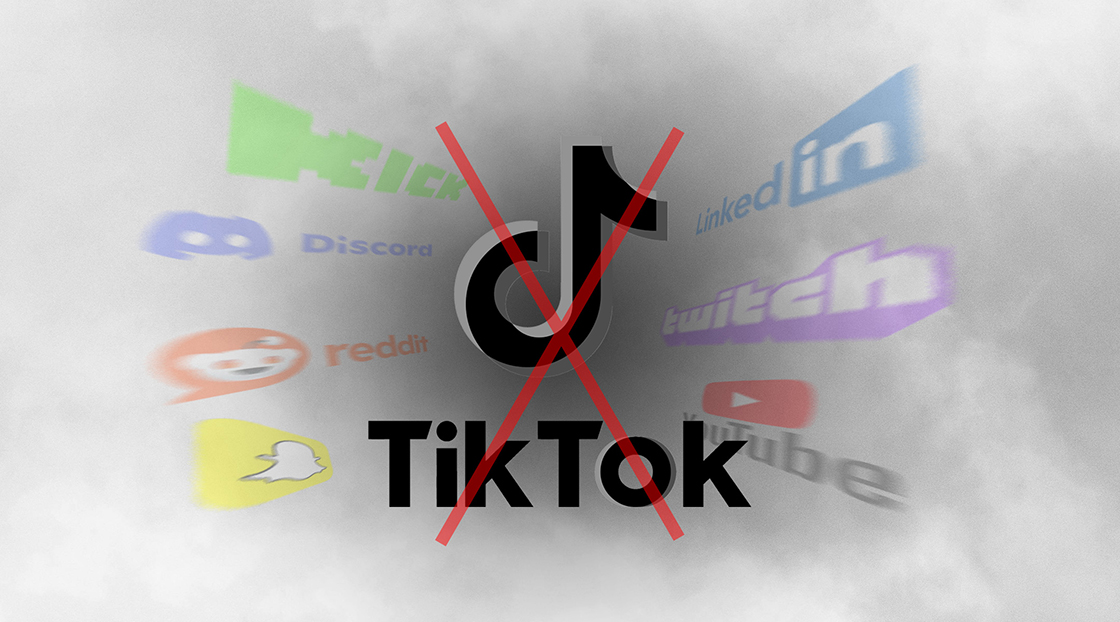I think it was my junior year of college. I was standing in line at the cafeteria when I started hearing concerned whispers that gradually became louder and louder. As I got closer to the source of the chatter, the girl next to me said, “Did you hear? They’re trying to shut off our access to Facebook!”
It’s weird to think that there was once a time when Facebook was considered cool, especially if you’re younger than 30 years old, but trust me — it was. The ‘they’ in question was my college’s administration, which believed that students were seeing and posting questionable photos on Facebook that would ruin their futures, and it was the administration’s responsibility to protect them from themselves.
Fast forward to the present day, and now we’re talking about banning another wildly popular social media platform, with the U.S. government slated to ban TikTok in early 2025. The reasons are different from my college’s plans to quash Facebook, but to say that eliminating TikTok would have a jarring effect would be an understatement. It is the second-most popular social media platform among young adults (behind Snapchat) and the fastest-growing social channel since 2021.
And while it has already been banned for governmental use, including by universities, in a handful of states, TikTok continues to be a major channel for higher ed social media marketers to reach their target audience via casual, playful and informative short-form videos.




